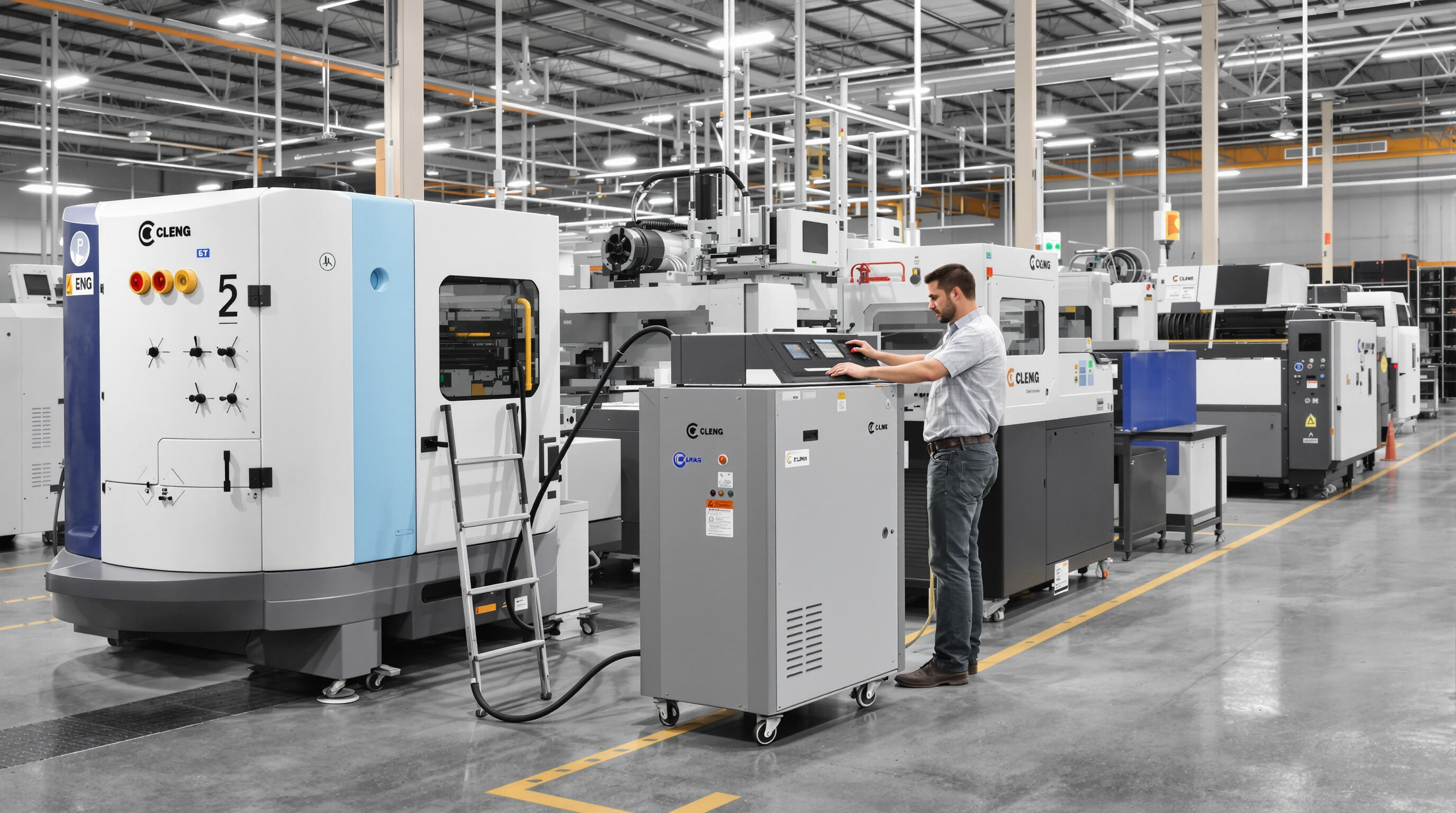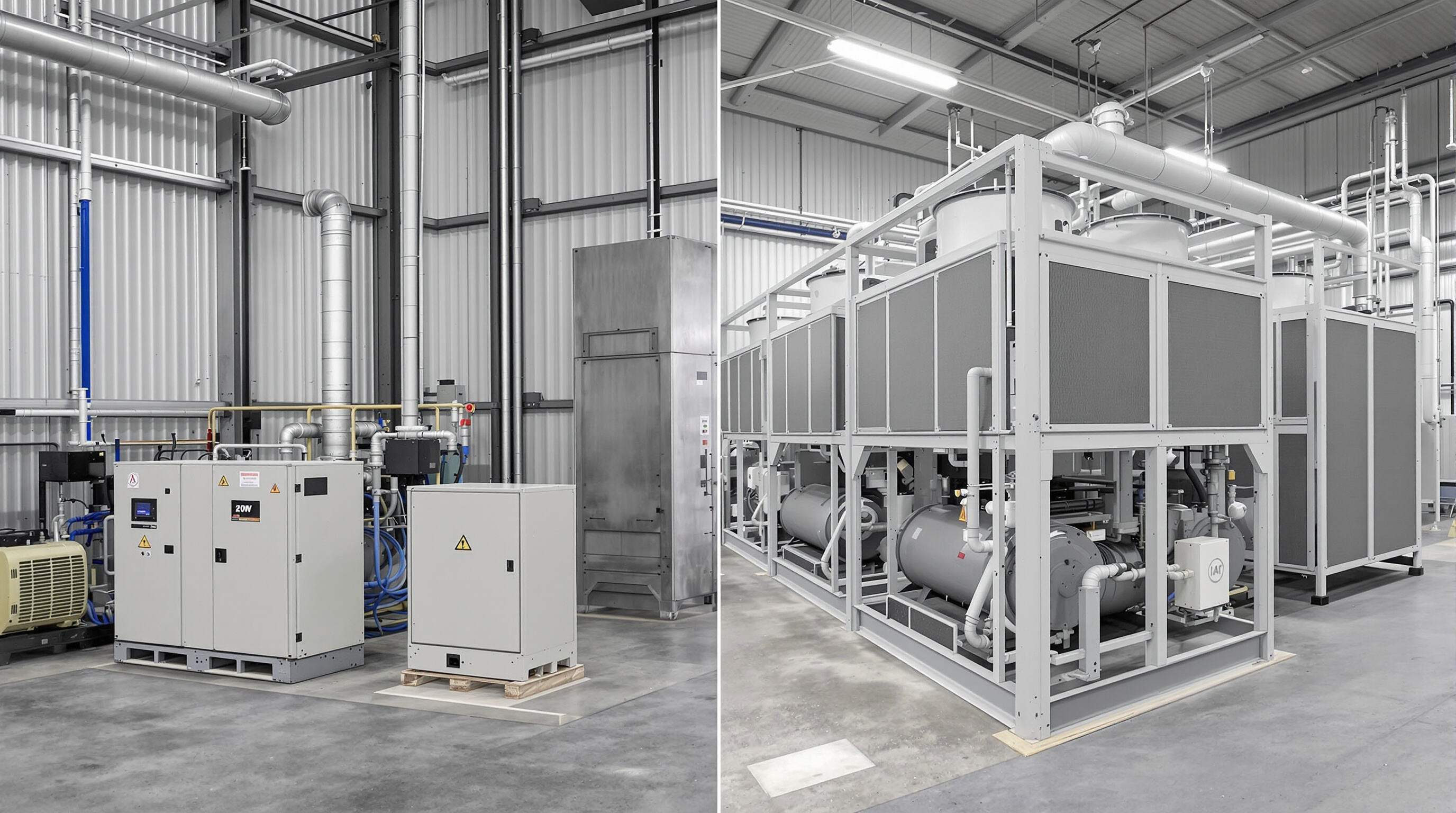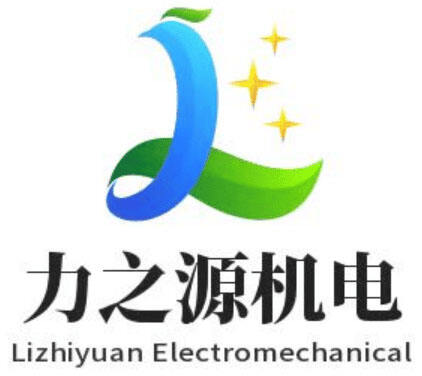How Portable Laser Chillers Meet Dynamic Cooling Needs in Industrial Workshops

Portable chillers are mobile refrigeration units designed to deliver targeted cooling for industrial equipment, particularly in laser chiller applications where precision temperature control prevents overheating. Their compact design, integrated wheels, and plug-and-play functionality enable rapid deployment across workshop zones—ideal for facilities requiring flexible and responsive cooling solutions.
What Are Portable Chillers and How Do They Support Laser Chiller Applications?
The main job of these cooling units is to move coolant around laser systems so they stay at just the right working temperature, usually somewhere between 20 and 25 degrees Celsius. Portable chillers have a big advantage over fixed installations because they can actually be moved around from one machine to another as needed. For shops where different equipment gets used throughout the day, this means saving money in the long run without having to buy separate cooling solutions for every piece of gear. The ability to relocate makes all the difference when dealing with smaller power lasers under 2 kilowatts that often show up during on-site repairs or short term projects at customer locations.
Key Features of Portable Chillers in Flexible Workshop Environments
Modern models feature variable speed compressors and IoT-enabled temperature monitoring, allowing real-time adjustments to cooling output. Thermal overload protection and corrosion-resistant materials ensure reliable performance in metalworking or plastics processing environments. The integration of smart sensors enables remote diagnostics, reducing downtime and improving operational responsiveness.
Cooling Load Variability and Performance Limits of Mobile Units
Portable chillers work well for loads around 40 kW, but they start struggling when there's constant high demand over time. According to research from the HVAC sector last year, these mobile cooling units keep temperature within about 1 degree Celsius for most laser applications (around 85%), though they eat up roughly 15% extra power during those busy periods compared to fixed installations. Run them consistently past 90% of what they're rated for and problems tend to pop up pretty quickly. The compressors get stressed out and often fail sooner than expected, which nobody wants to deal with in the middle of production.
Energy Efficiency Trade-offs in Portable Chiller Operations
Portable systems tend to make up for their higher energy use per unit through their flexibility. When used only occasionally, say less than six hours a day, these units actually consume about 10 to maybe even 15 percent of what they do when actively running. That cuts down on electricity bills quite a bit compared to those big central systems that run nonstop. Still there's a catch though. The small heat exchangers and tight packing of parts inside just aren't as efficient from a thermodynamics standpoint. This becomes really noticeable when outside temps climb past 95 degrees Fahrenheit, which happens more often than we'd like these days.
Why Stationary (Central) Chillers Power Large-Scale and High-Demand Facilities
Defining Stationary (Central) Chillers in Modern Industrial Cooling Systems
Stationary chillers serve as fixed cooling solutions built to handle large amounts of heat in places where temperatures just keep climbing. The basic setup includes compressors, condensers, and those big evaporator units working together to move cold liquid throughout factories and plants. Think about laser cutting operations or chemical manufacturing setups where temperature control matters a lot. Most models run nonstop day after day, relying on central control panels that can tweak different areas at once. This kind of system keeps everything running smoothly even when production demands fluctuate throughout the week.
Performance Stability Under Consistent and High Cooling Loads
Central chillers keep temperatures stable within half a degree Celsius even when running at maximum capacity, something that matters a lot in places like precision manufacturing facilities and data centers. The centrifugal compressors inside these systems work about 20 to 30 percent better than their rotary counterparts during long periods of operation, as noted in recent market analysis from 2025 on HVAC technology. Because they don't break down easily, central chillers have become essential equipment in semiconductor factories and pharmaceutical production lines. When things stop working there, companies face massive losses. One study found interruptions could set businesses back around seven hundred forty thousand dollars every single hour.
Water-Cooled vs. Air-Cooled: Matching Central Chiller Types to Facility Needs
- Water-cooled chillers dominate high-efficiency applications, leveraging cooling towers to achieve energy ratios of 0.5–0.6 kW/ton in steel mills or district cooling plants.
- Air-cooled systems serve water-scarce regions, requiring 30–40% less maintenance but operating at 1.0–1.2 kW/ton in automotive assembly plants.
Each type offers distinct advantages depending on climate, water availability, and facility footprint, allowing tailored system selection based on long-term operational goals.
Long-Term Operational Costs and Energy Efficiency of Central Systems
Stationary chillers do cost about 15 to 25 percent more upfront compared to other options, but this extra expense pays off big time over the long run. These systems cut overall lifetime costs anywhere from 35% to almost half thanks to several smart features. For starters, they have built-in heat recovery systems that actually reuse around 15 to 30% of what would otherwise be wasted energy. Plus, their predictive maintenance capabilities mean fewer unexpected breakdowns, roughly cutting them down by 20%. And let's not forget about the modular design aspect which allows businesses to expand or adjust capacity as production needs change without having to replace entire systems. The industrial quality parts used in these chillers are another major plus point. They tend to last anywhere from three to five times longer than components found in standard portable units, making them a far better investment for facilities looking at long term operational efficiency.
Direct Comparison: Portable vs. Stationary Chillers Across Key Decision Factors

Scalability and Cooling Output: Matching Capacity to Demand
Portable chillers work great when we need flexible cooling solutions for individual machines or short term jobs, usually handling around 1 to 20 tons of cooling power. But let's face it, if these units have to run nonstop for eight hours straight at nearly full capacity, their compressors start showing signs of wear and overall performance drops off pretty quickly. Stationary chillers tell a different story altogether. These big boys are built for industrial scale operations, often coming in modular setups that can handle anywhere from 50 up to over 500 tons of cooling. According to some recent numbers from the HVAC sector back in 2023, central chilling systems keep running strong at about 98% efficiency even when operating at 80% load. Portable options just don't measure up here though, falling down to roughly 74% effectiveness under similar workload conditions. Makes sense really, since they weren't designed for continuous heavy duty operation like their stationary counterparts.
Installation, Maintenance, and Total Cost of Ownership
The installation time for mobile chillers is typically less than two days, which makes them attractive for quick setup needs. However, they tend to cost around $4,200 per year on maintenance alone, about 25% more than what stationary systems demand. Because of their smaller footprint, these units need filters changed quite often too – roughly every six to eight weeks when placed near dust sources. Refrigerant leaks are another issue with mobile models, losing between 12% to 18% annually compared to just 4% to 6% for central units. On the flip side, stationary chillers come with much higher initial costs ranging from $18k to $45k for installation. But many facility managers find this investment pays off over time thanks to centralized maintenance options and parts designed to last longer without constant replacement.
Space Requirements and Environmental Constraints in Workshops
The portable units take up just around 10 to 25 square feet of floor space, yet they need full 360 degree clearance around them for proper air flow. This can be quite problematic when trying to install them in already crowded industrial settings. When it comes to air cooled versions, their performance drops significantly once outside temps climb past 95 degrees Fahrenheit, usually losing somewhere between 20 and 30 percent efficiency. Water cooled systems don't face these same thermal constraints, but there's a catch they need special mechanical rooms measuring anywhere from 50 to 150 square feet plus proper drainage solutions that meet local codes. In places where humidity is high or water availability is limited, hybrid chillers present an interesting middle ground. These systems consume less than half a gallon per hour through closed loop circulation, making them pretty efficient while still working well enough in most conditions without needing excessive amounts of water.
Application-Based Selection: When to Use Portable or Stationary Chillers
Ideal Scenarios for Portable Chillers: Single Machines and Temporary Setups
Portable chillers work really well in situations where movement is important. Think about cooling specific machines such as those fancy CNC tools or 3D printers, places that are rented out since nobody wants to install something permanent there, or temporary jobs that need equipment moved around quickly during different seasons. These chillers handle smaller spaces pretty good, anything below about 500 square feet actually. Putting in a big central cooling system for such small areas just doesn't make sense most of the time. Sure, they do consume around 15 to 20 percent more energy per ton compared to fixed units sitting in one spot, but when looking at all the benefits from being able to move them wherever needed, it often balances out nicely for businesses running on tight schedules or dealing with changing requirements.
Best Use Cases for Stationary Chillers: Multiple Zones and Continuous Operation
Facilities that need constant cooling beyond 20 tons typically find central chillers to be the best solution. These systems come with permanent installations that allow them to cool several production lines at once, keep operations running around the clock, and manage temperatures throughout big spaces measuring over 1,000 square feet. When it comes to places with lots of moisture in the air, water-cooled models work about 30 to 50 percent better than other options. The scroll compressor version is particularly good because it keeps temperatures stable within just one degree Fahrenheit either way. This kind of precision matters a lot in industries where small temperature changes could ruin batches, like when making medicines or processing food products.
Laser Chillers: Precision Cooling Requirements and System Compatibility
To keep those lasers running right, chillers need pretty tight temperature control around half a degree Fahrenheit either way, otherwise the wavelengths start drifting during cutting and welding jobs. For smaller operations, portable chiller units work great with those lower power fiber lasers when people are moving around or doing field service stuff. But when dealing with big industrial setups like aerospace manufacturing or heavy industry where they run multi kW CO2 laser arrays, nothing beats having a proper stationary chiller system installed. The good news is recent tech improvements such as microchannel condenser designs have cut down on refrigerant consumption somewhere around 40 percent while still maintaining solid heat transfer performance. This means both mobile and fixed installation systems can comply with upcoming EPA rules about refrigerants set for 2024 without sacrificing cooling efficiency.
FAQ Section
1. What is the primary function of portable chillers?
Portable chillers are designed to move coolant around laser systems to maintain the right working temperature and prevent overheating, making them ideal for facilities requiring flexible and responsive cooling solutions.
2. Are portable chillers energy-efficient?
Portable chillers consume less energy when used occasionally, but tend to use more power compared to central systems when operating continuously, especially under high temperature conditions.
3. When should a business opt for stationary chillers instead of portable ones?
Stationary chillers are best for facilities needing constant cooling for multiple zones and continuous operations, particularly in large spaces or high-demand environments.
4. How do central and portable chillers differ in terms of maintenance and cost?
Portable chillers have lower installation costs but require frequent maintenance. In contrast, stationary chillers have higher initial costs but offer long-term savings due to centralized maintenance options and durable components.
Table of Contents
- How Portable Laser Chillers Meet Dynamic Cooling Needs in Industrial Workshops
- Why Stationary (Central) Chillers Power Large-Scale and High-Demand Facilities
- Direct Comparison: Portable vs. Stationary Chillers Across Key Decision Factors
- Application-Based Selection: When to Use Portable or Stationary Chillers
- FAQ Section

